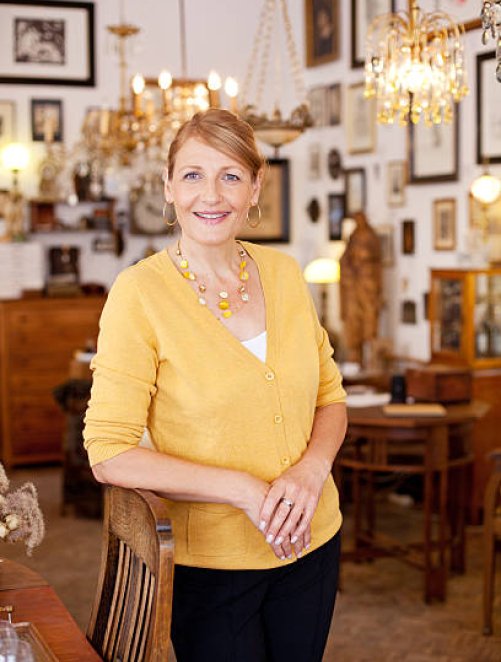



Chinese Buddha
The Buddha statue in question has been part of our household for many years. It was originally inherited a former roommate that passed away in 2016. Based on the information I’ve been able to gather, the piece is quite old and is believed to have been brought from China several decades ago. The statue is crafted from plaster and appears to exhibit characteristics consistent with traditional Asian religious art.
It is 69cm or 27 inches wide, has a depth of 51cm or 20 inches and a height of 125cm or 49 inches.
Inherited
Yes


Hello, this item is a large polychrome Chinese plaster statue depicting a seated bodhisattva, often misidentified as Buddha but more accurately representing figures like Guanyin (Avalokiteshvara) in royal ease posture (lalitasana). Standing at approximately 125 cm (49 in) tall and 69 cm (27 in) wide, the sculpture is stylistically influenced by late Qing or Republican period devotional art, though the use of plaster and surface wear suggests mid-20th century export production. The painted garments, elaborate crown, and partially exposed chest follow Buddhist iconographic conventions found in temple statuary but executed here in a more decorative, secular format.
While not a temple artifact, this figure belongs to a category of large-scale devotional-inspired works that were produced in China for both local shrines and overseas collectors in the 1940s–1970s. The material (plaster) significantly affects the value, as it lacks the durability and sacred authenticity of wood, bronze, or stone examples. However, its size, detail, and intact condition give it strong decorative and thematic appeal. Comparable plaster Buddhist figures from this period sell at auction and decorative arts markets for between $600 and $1,000 USD, with higher values reached for examples with provenance or exceptional quality.









